When college stress hits hard, my go-to remedy is an episode of NHK World’s “Somewhere Street.” The show features expertly intrusive hosts who carry cameras and walk cities around the world. It’s the best thing since sliced bread: anyone can catch a glimpse without the inconvenience of traveling. For the night’s episode, the host planned an hour-long walk through Amsterdam.
The Dutch capital is a place where cyclists dominate the city. Painted bike lanes crisscross the city, extending in every direction. Alleys are windy and unpredictable: a driver’s nightmare. In fact, entire tunnels are carved out as shortcuts for cyclists — a sharp contrast to College Station.
However, the difference is understandable. Both in College Station and nationwide, cyclists constitute a minority of road users. Suffice it to say that in Texas, cyclists are obligated to follow a modified version of the standard motorized vehicle laws. Because of this, every day that I pull out my bike, I undergo an identity crisis. I want to be a responsible cyclist, but current circumstances force me to navigate the open roads improvised.
This stark reality raises a question: Why should bikes follow the same laws as vehicles if roads clearly weren’t built to house bikes?
Cyclists can’t stop at traffic lights because they aren’t big enough to trigger sensors. Furthermore, while stop signs were designed to slow cars, their effect on cyclists has no advantages. In one study, the efficiency of cyclists decreased by almost four miles per hour, about 30%, if forced to stop at stop signs, as opposed to riding uninterrupted.
Let’s be clear: blowing through a stop sign isn’t cool. But the idea that cyclists should face the same harsh penalties as cars for such infractions highlights a flawed system. Less severe violations, such as failing to use a headlight, can start at $50 to $100, while more serious, or repeat offenses can easily cost a few hundred dollars. So misguided is this translation of car laws that in Texas, a cyclist can even get a DUI while riding a bike.
Sounds unfair, right?
Thankfully, some states have adopted laws that acknowledge this. In 1982, Idaho adopted the “Idaho stop,” which allows cyclists to treat stop signs as yield signs and traffic lights as stop signs. Only a year after its adoption, biking-related injuries decreased nearly 15%. Since then, 11 states have followed suit, to great success.
Of course, College Station presents different challenges than major metropolises. It’s more spread-out nature and lower population density might raise concerns about the applicability of bike-centric infrastructure. However, cities change, and infrastructure choices affect those changes. Investing in biking now creates a more bikeable city in the future, which can promote denser development patterns.
With nearly 94% of people knowing how to bike, the fact that only 2.7% of commuters in College Station use bicycles suggests that no supportive framework exists. To many of us, this isn’t news. Street cleaners tend to only clean car lanes, while debris ends up getting brushed into bike lanes. I can attest to this, as I run into the same dirt pile (whether slick or dry) every day toward the front of campus. This mundane obstacle makes me appreciate even more the dedicated bike paths I see in my show.
But as I continue to watch, it’s clear that Amsterdam is not exactly ideal either. The biking culture is too radical, cars are strictly prohibited from accessing many roads. What’s more, the city is rife with bike thieves and trolls throwing bikes into the canal. Even Amsterdam falls short, yet it seems a lot better than riding along the depressed storm drains and scrap-ridden curbs of College Station.
Eddie Phillips is an engineering senior and an opinion writer for The Battalion.




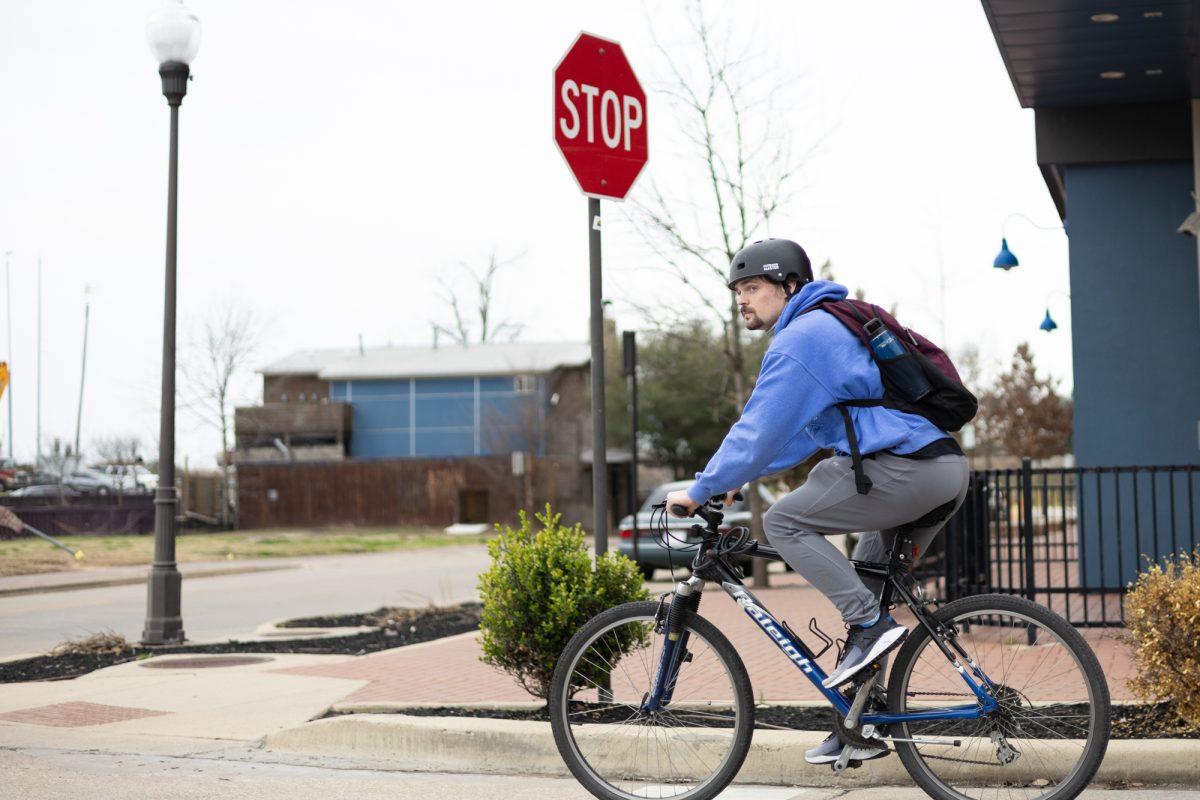



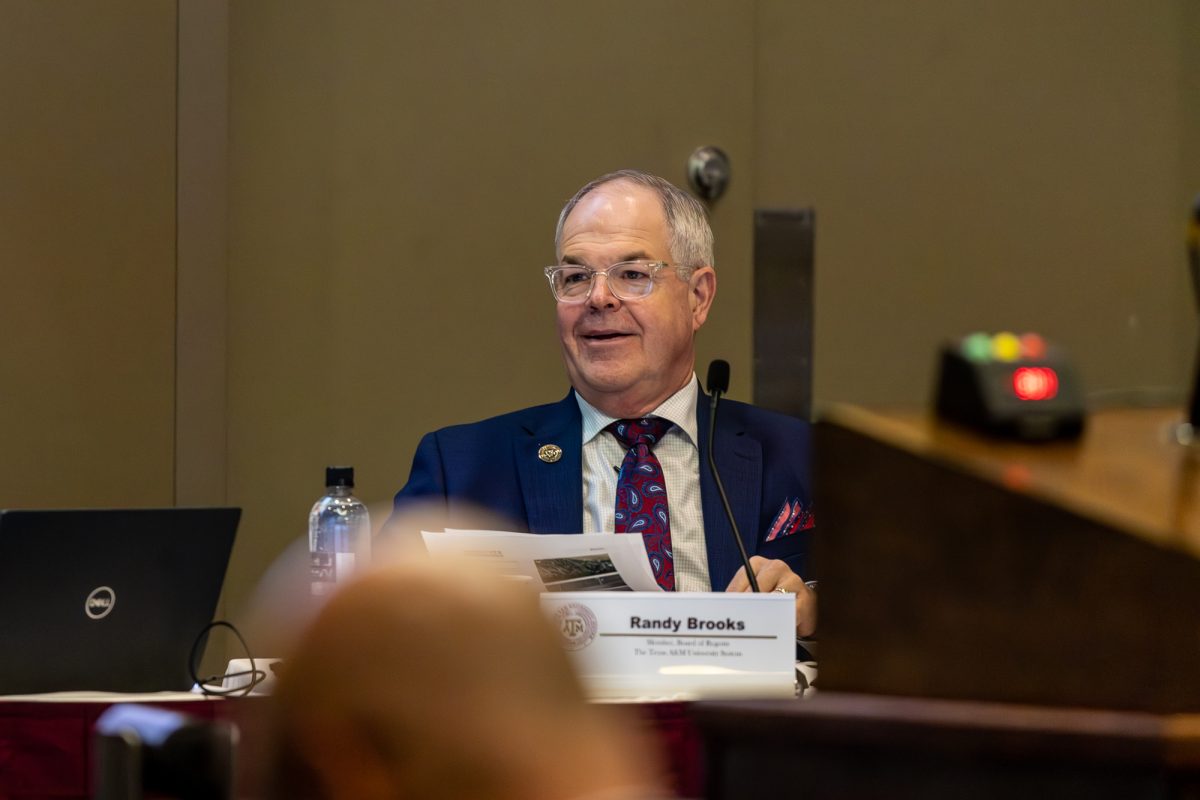

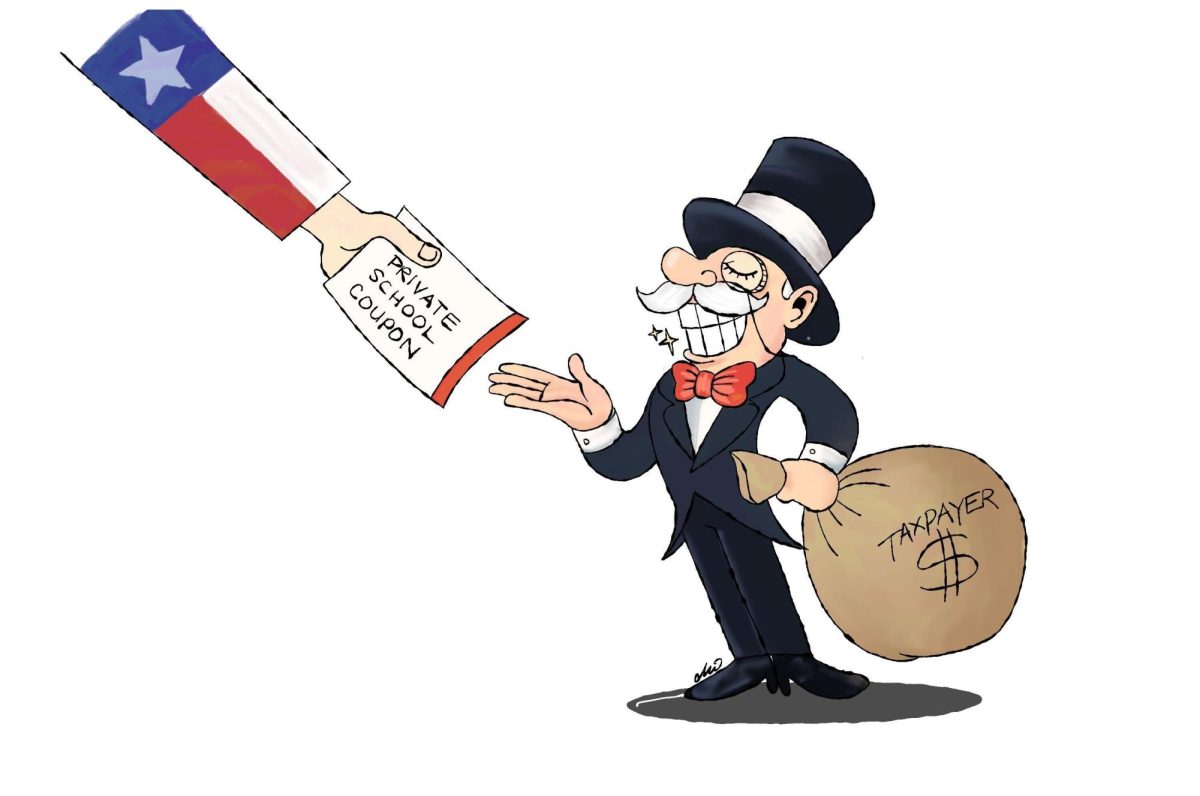



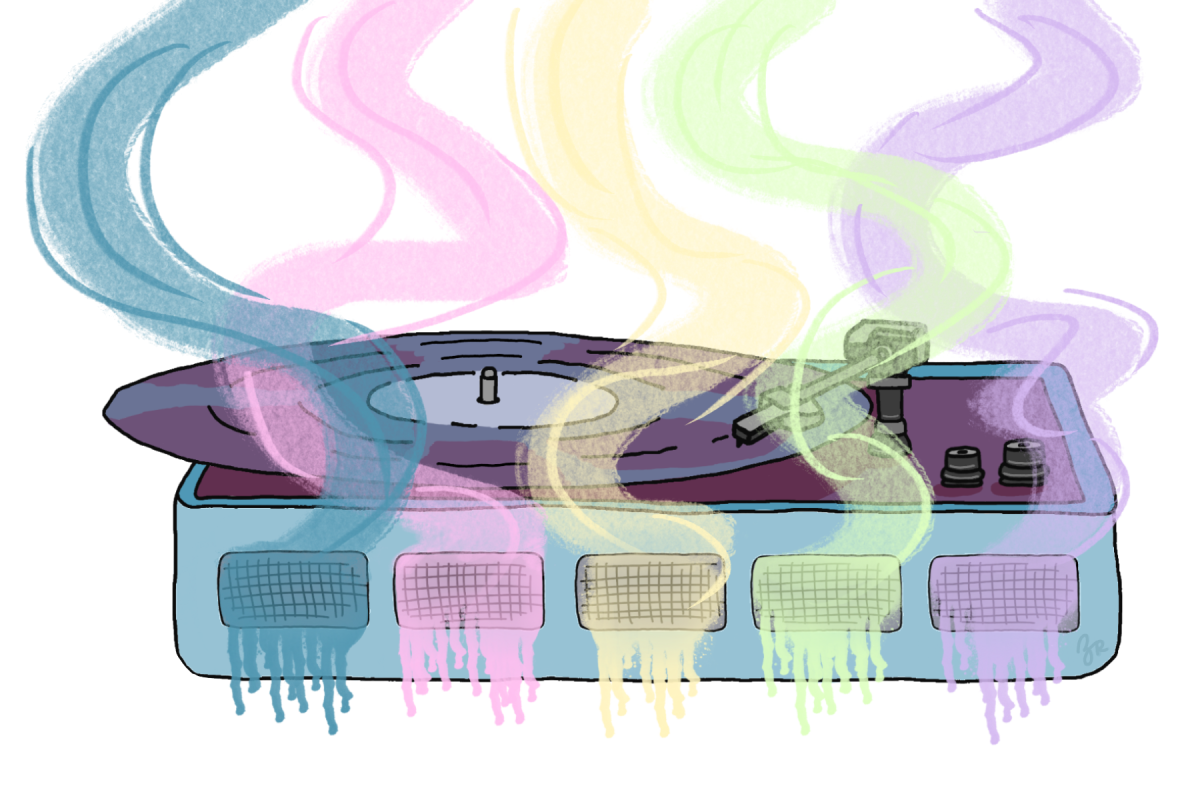
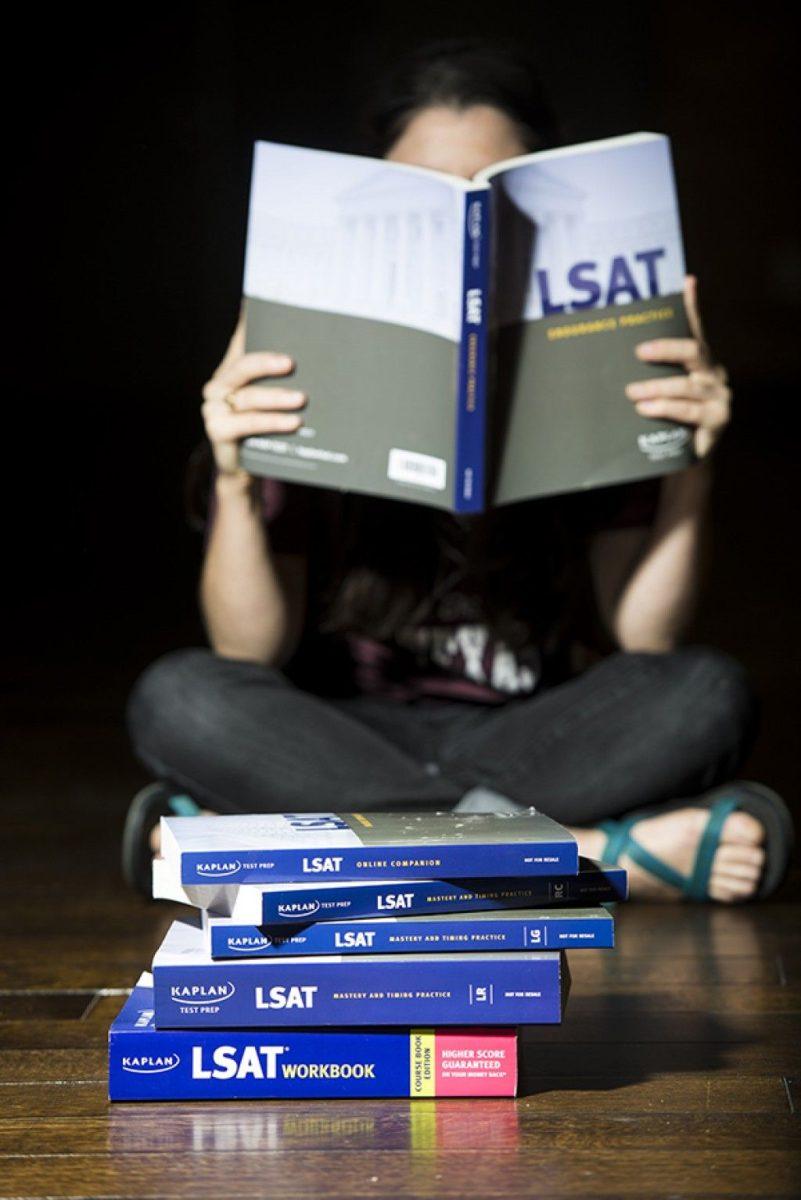
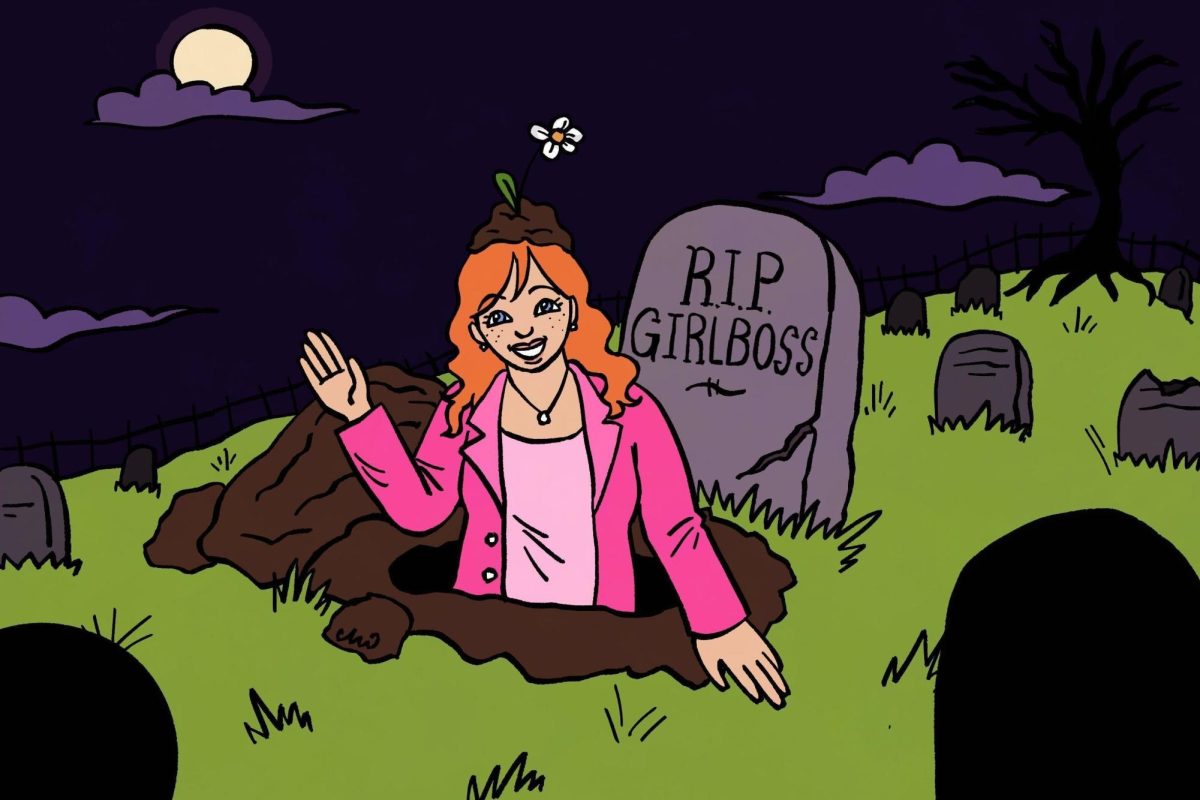
Logan Russell • Feb 22, 2024 at 11:24 am
I can not agree with you anymore. Pedestrians and cyclists are treated like cars in the BCS area, and the routes most often do not take someone to their destination. The sidewalks take people to parking lots, and bike lanes are put on roads at speeds that disproportionately affect cyclists if they are in an accident from speeds cars have to go.
There’s a four-way stop for a bike path down Dexter Street leading to and from the Dexter-George Bush Intersection. Going to campus is to my advatange as it’s a downhill grade, but taking Dexter to Holleman is a challenge taking that slope up. I have to build up so much momentum to get up that hill while cars are allowed to go 25mph. I usually have to blow past the stop sign as stopping on a manual powered bike on an uphill slope is a ridiculous expectation if there are no cars around.
I hope we get some more pedestrian infrastructure that is separated from vehicles or at least keeps us safe while taking us to an actual destination.
Bailey Faulk • Feb 21, 2024 at 7:54 pm
Fantastic opinion piece! As a biker, your opinion really resonates with me, and I was surprised by the Idaho stop law; I wish that Texas would implement something similar!
This article brought a unique perspective that was written in a distinct style. Looking forward to the next one